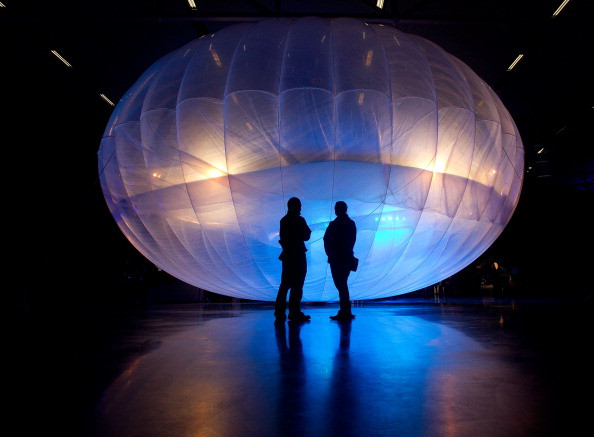Google Project Loon takes off in Sri Lanka

Google flagged off the first trial of 'Project Loon' in Sri Lanka on Monday (15 February). The trial will last anywhere from a few weeks to a few months before the service is rolled out.
Google would use three balloons for the trial. One of the balloons was launched from South America and has already entered Sri Lankan airspace. If successful, the project will extend the coverage area and make 3G data services more affordable. Service providers will benefit with access to higher speeds and improving the quality of their existing service.
"Balloon just entered #lka airspace. It is close to the south of #lka. Test to begin soon," confirmed Muhunthan Canagey, chief of information and communications technology agency (Icta), on Twitter.
Last year, Google had signed a joint venture with the government to provide free LTE connections across the country by March 2016 from "3G floating cell towers". Under the agreement, the government will allocate the required spectrum for a 25% stake in the joint venture with Google while an additional 10% has been set aside for telecom service providers.
Under the ambitious project, around three high-altitude balloons are placed in the stratosphere at an altitude of about 18 km (11 miles) above the earth's surface to create an aerial wireless network with up to 4G-LTE speeds. Each balloon is filled with helium and can stay at the altitude for more than 100 days providing LTE internet coverage to a ground through WiFi connectivity. It will also carry radio transceivers and GPS trackers. The balloons relay wireless traffic from cell phones and other devices back to the internet using high-speed links.
Apart from Sri Lanka, Google's parent company Alphabet has signed a similar partnership in Indonesia with three leading mobile operators namely Indosat, Telkomsel and XL Axiata. Project Loon began with a pilot experiment in June 2013 when 30 balloons were launched from New Zealand's South Island.
© Copyright IBTimes 2025. All rights reserved.





















